 Saint
Edith of Kemsing and Wilton (Eadgyth in Old English) was the natural daughter
of King Edgar “the Peaceful” of England, born at Kemsing, Kent, in 961. She was
the half-sister of King Æthelred the Unready.
Saint
Edith of Kemsing and Wilton (Eadgyth in Old English) was the natural daughter
of King Edgar “the Peaceful” of England, born at Kemsing, Kent, in 961. She was
the half-sister of King Æthelred the Unready.
Her feast
day is 15 September.
She was the
illegitimate daughter of King Edgar by the Lady Wilfrida, or Wulfthryth, a noble-woman and
a nun of Wilton Abbey standing nearby the royal residence at Wilton, whom Edgar
carried off forcibly from the nunnery.
He took
her to his manor at Kemsing in Kent where Edith was born but, so soon as
Wulfthryth could escape from Edgar, she returned to Wilton Abbey, taking Edith
with her.
Wulfthryth
became Abbess which tends to show that people were rather less squeamish then that
they are today in our supposedly tolerant, but actually supremely intolerant,
age.
Princess St Edith was
educated at the Abbey and herself became a nun early in her young life.
King
Edgar offered to make her abbess of 3 communities but she chose to remain with
her mother at Wilton.
St Dunstan,
then Archbishop of Canterbury, imposed a 7-year penance upon King Edgar for his
crime. The King became holy himself, in due course, and died in the odour of sanctity
in 975.
showing a monk or nun praying at St Edith's well
In 979,
Edith had a dream that her half-brother, King St Edward the Martyr, was in danger
and so it transpired. He was murdered while visiting his step-mother, Queen
Ælfthryth, at Corfe Castle, in Dorset.
St Edith
built a church at Wilton dedicated it to St Denis and she died not long
after, on 15 September 984, aged only 23 and was buried in her own church. Her
loss was greatly lamented by St Dunstan.
The ruins of Wilton Abbey in Wiltshire
St Edith
was a celebrated scholar and a devotion to her quickly grew up. She appeared in
a dream to St Dunstan, telling him that her body was incorrupt and, when St
Dunstan had the tomb opened, in the presence of her mother, Abbess Wulfthryth,
it was so and the body gave off fragrant perfume.
Her half-brother,
King Æthelred, introduced her cause for sanctity which was also supported by
her nephew, King Edmund “Ironside” and his successor King Canute the Great, he
who showed his overly fawning courtiers that he was not all-powerful by taking
them all to the sea-side to show them he could not order the waves to retreat.
The surviving
seal of St Edith identifies her as regalis adelpha or “royal sister” to show
that she was of royal blood, half-sister of Kings Edward the Martyr and Æthelred
the Unready.
The Wilton Diptych
Wilton Abbey is also associated with the famous English diptych called "the Wilton Diptych" which shows King Richard II being presented to our Lady by St John the Baptist, King St Edmund the Martyr and King St Edward the Confessor, and our Lady presents the Christ Child, all symbolical of England as Dos Mariae, or our Lady's Dowry.
S. Editha,
ora pro nobis!
St Edith's well in Kemsing village, Kent

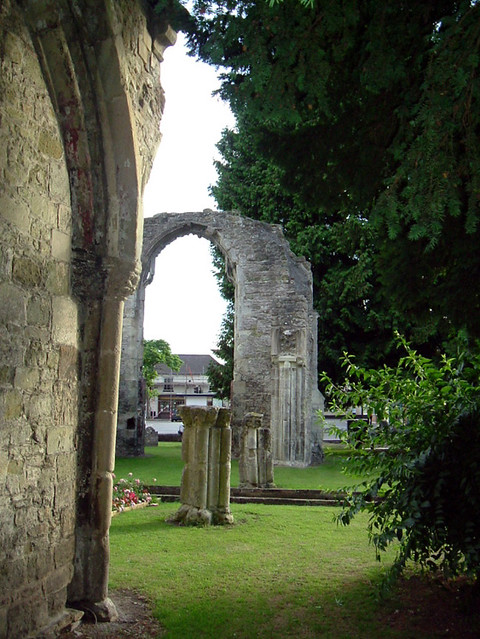









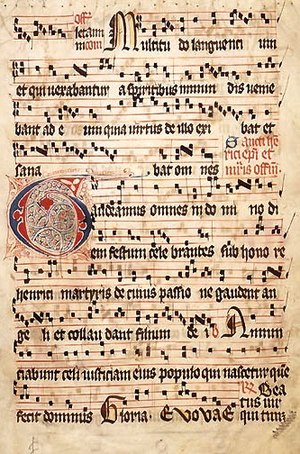

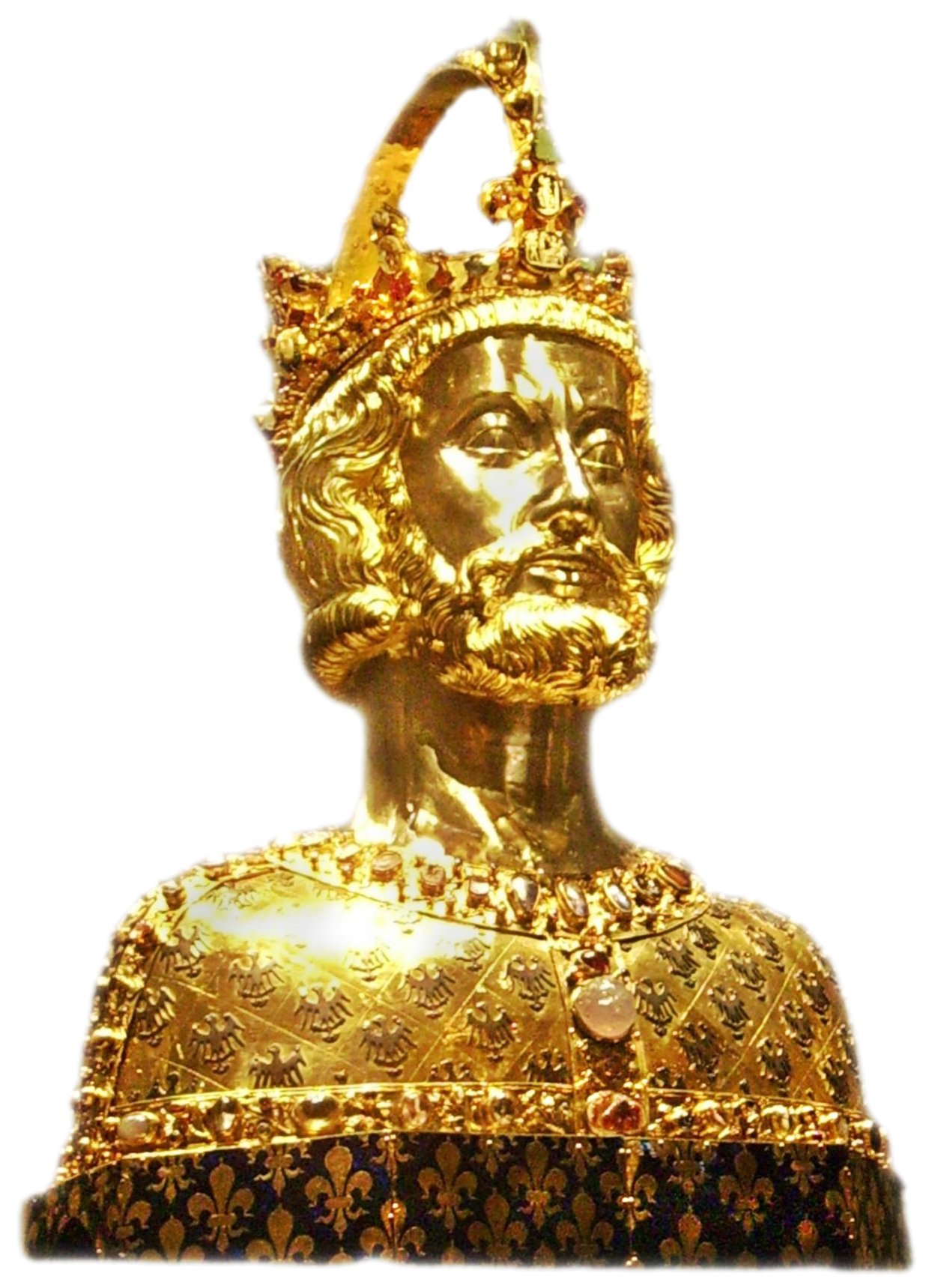



.jpg)


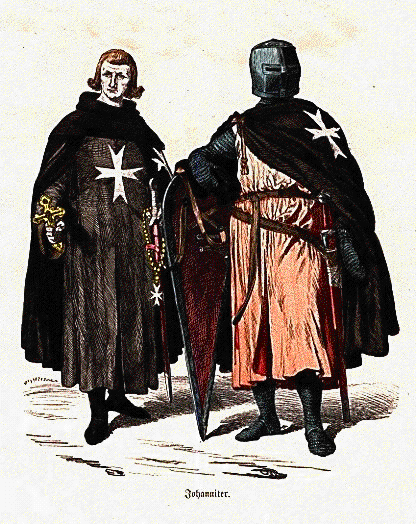

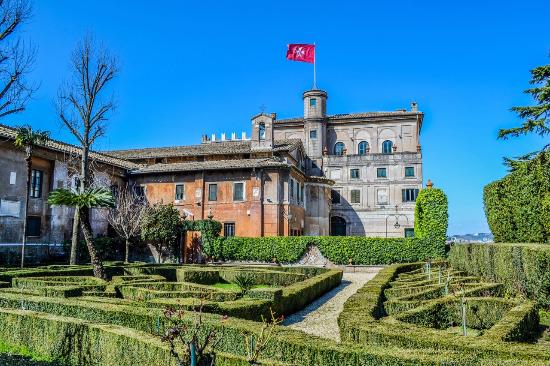


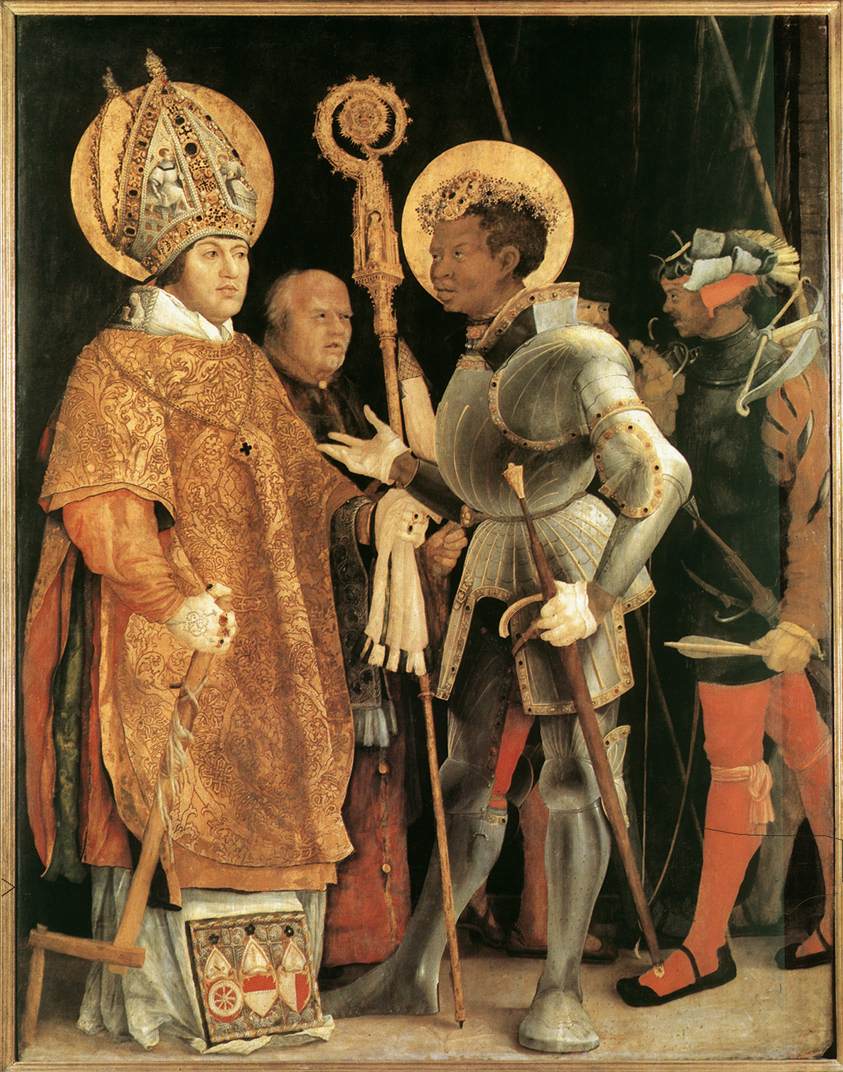
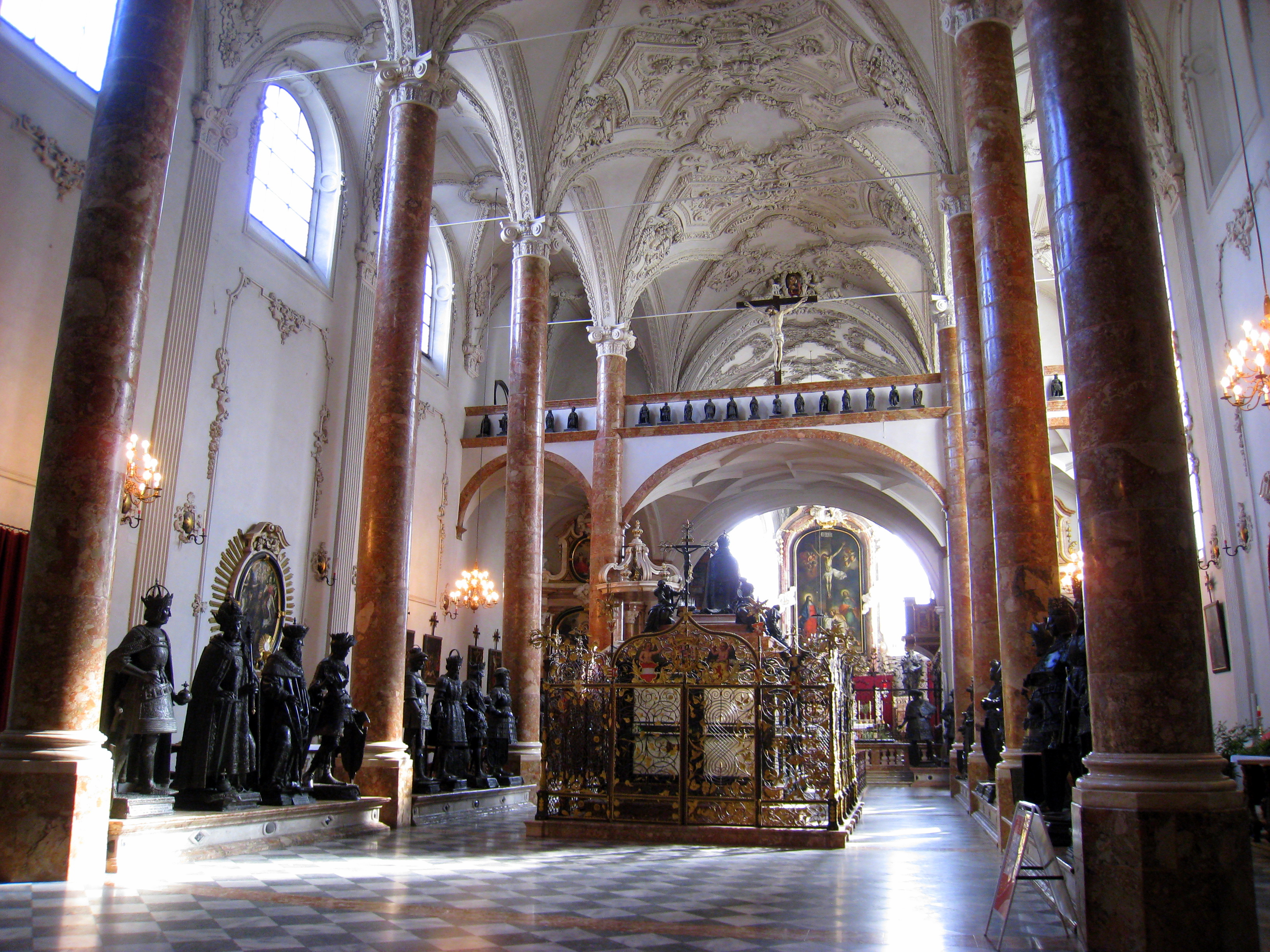


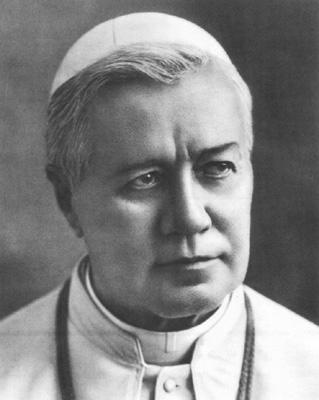






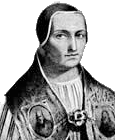






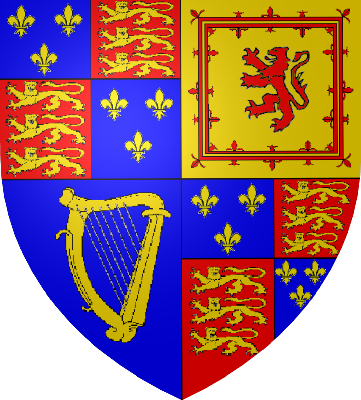
_-002.jpg/220px-Circle_of_Anton_Raphael_Mengs,_Henry_Benedict_Maria_Clement_Stuart,_Cardinal_York_(ca_1750)_-002.jpg)



3 comments:
What a lovely post. I have been trying to to do similar pieces on early English saints and have a special interest in Holy Wells - but I can't do anything as elegant as this. I will link to your blog if I may. I am on http://awomanmadeforthemorning
Many thanks
Thank you anonymous - very kind
Dear Fatima Code,
I have no advertising at the moment but I will give it some thought.
Thank you for the suggestion.
Post a Comment